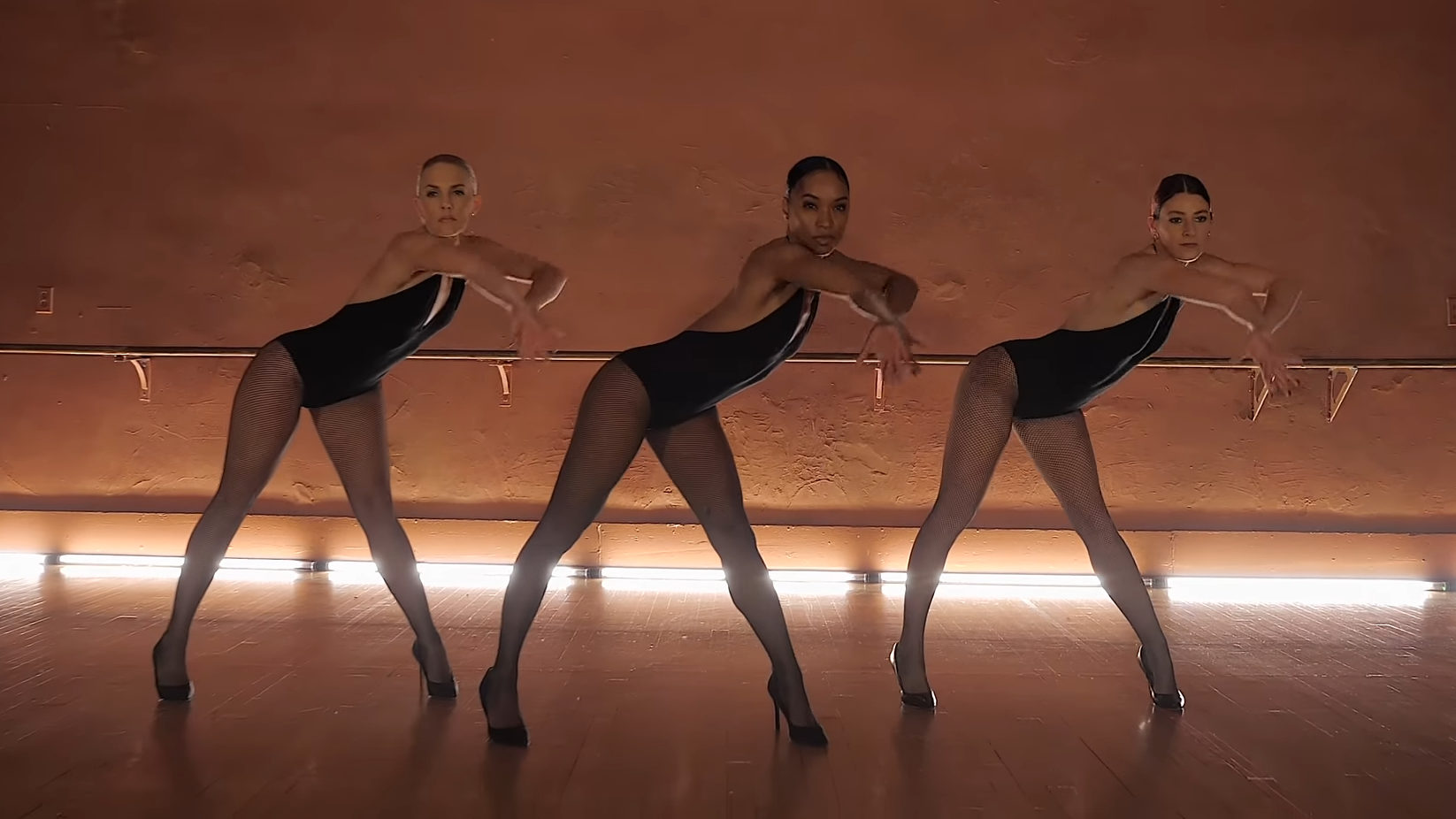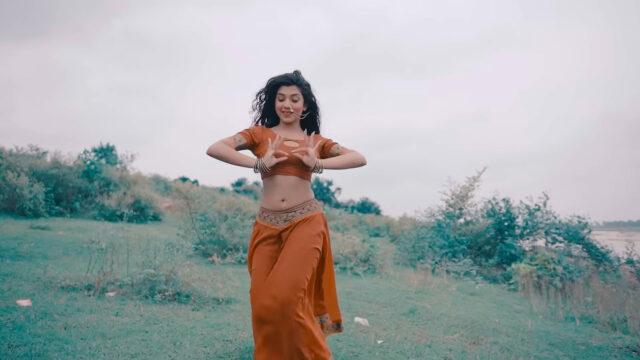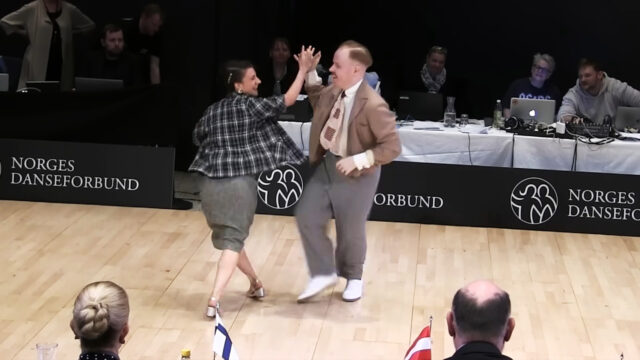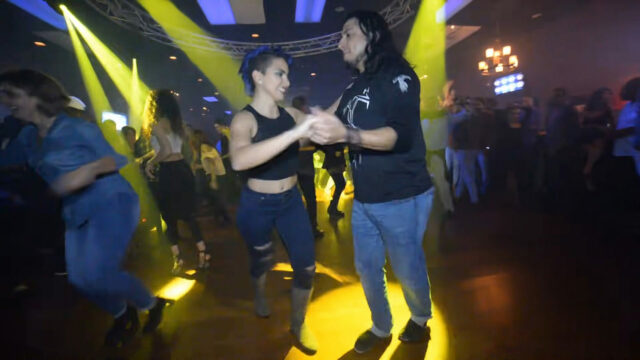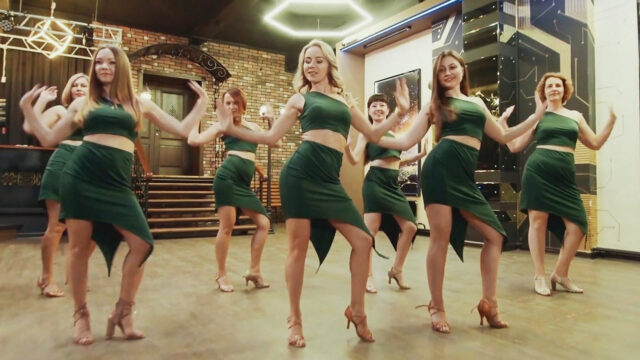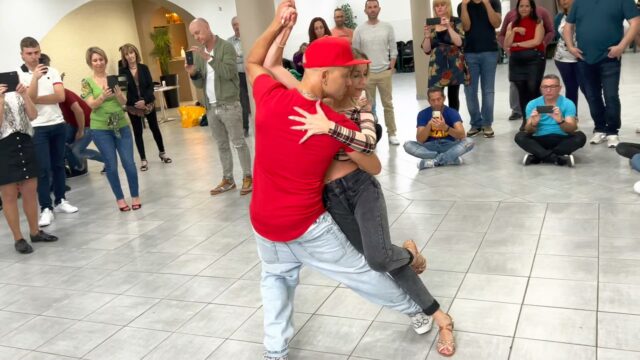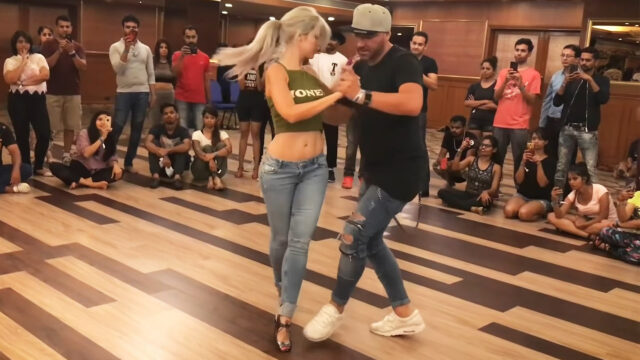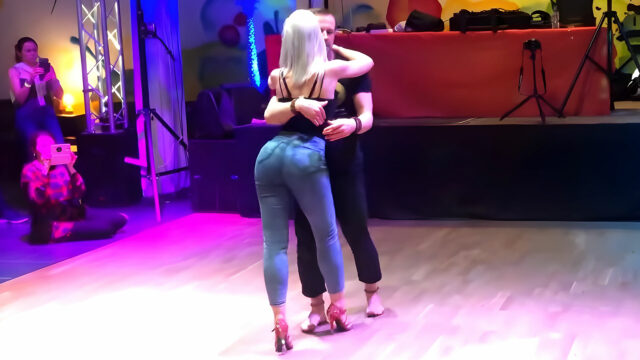You might have heard people talking about a dancer having “beautiful lines” or your dance teacher might have told you to improve or elongate your lines. It can be tricky to put your finger on what a “good” or “bad” body line is, and sometimes it can feel as though unless you were blessed with a naturally elongated body, you will never achieve the lines that you want to.
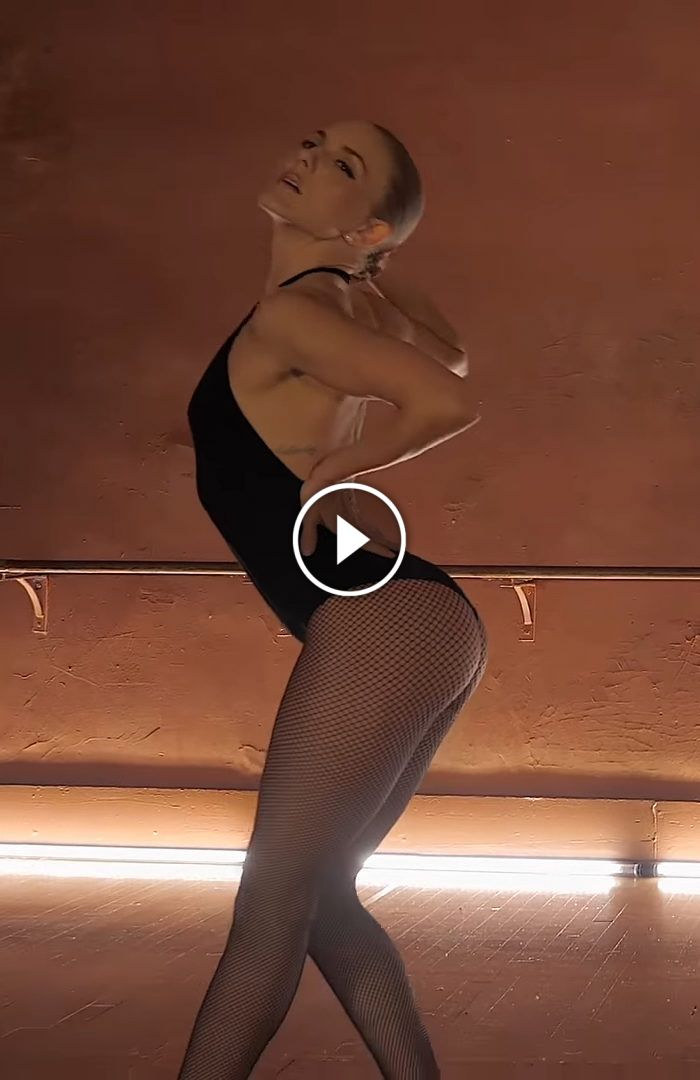
But this isn’t always the case. Good lines can definitely be learned. Check out this video of dancers performing to Feeling Good by Michael and you can see exactly what is meant by beautiful lines. Also feel free to share this amazing video with your friends if you liked it, now let’s continue.
- What is the significance of hand gestures in Indian dances?
- The Fast Boogie Woogie Dance That Drove the Audience Wild
- What is Cumbia? Unpacking the Famous Dance
How to improve your body lines
You can think about your body lines as how you interact and use the space around you as you dance. To create beautiful lines, your body should be taking up as much space as possible with your limbs fully elongated. The shapes that you make are important and, generally speaking, parallel lines are more pleasing to the eye.
Extend your body
You should elongate and extend your body from your fingertips all the way to your toes. Part of the difficulty of creating beautiful lines is that you truly have to be aware of every single part of your body. Using a mirror can help you to learn how your body looks while you dance.
Elongate your neck
Slouching can ruin your lines. While you dance, you should make sure to lift your head and your chin up while simultaneously lowering your shoulders. This will create a “swan neck” even if you don’t naturally have one. One trick is to imagine that there is a piece of string attached to the top of your head that is pulling you towards the ceiling while you are also being pulled to the ground by your feet.
Think about your angles
We’ve already mentioned that parallel lines are more pleasing than non-parallel lines (this is most clearly seen in the arabesque). You can also help your lines by thinking of the angles of your limbs. Turning out your ankle and hips or your wrist, for example, can help to create a more pleasing line. Play with these angles in front of a mirror to figure out what works best for your body.
Open up your stance
You should make sure that your body is never closed in on itself as this will make you appear to be smaller than you are. Of course, there will be movements where you can play with deliberately curving inwards. In today’s video, when the choreography requires this, you can see that the dancers use the angles of their arms to retain a pleasing line even when curved inwards.
If you enjoyed our today’s video, you are more than welcome to share it with your friends and let them know what you think about it. Also, consider checking out our most recent posts and stay in touch. Cheers!
